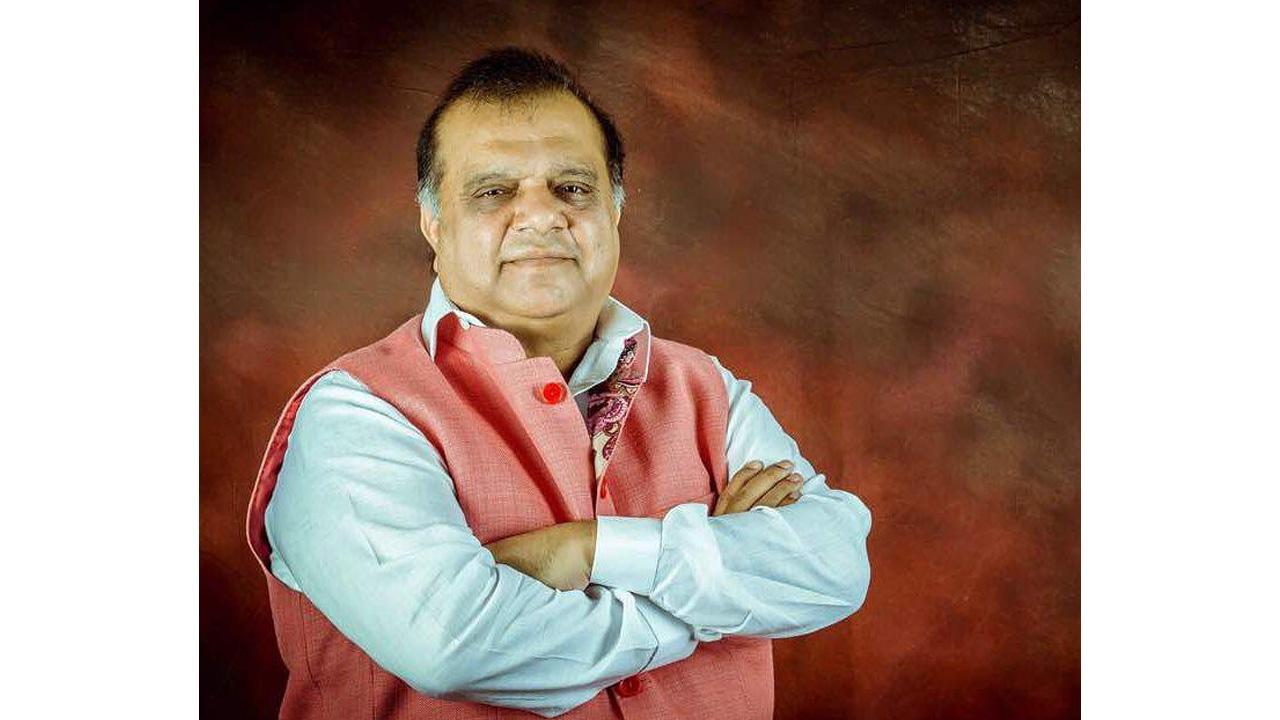Over the past few decades, sports have drastically developed in India. There has been an increase in the country’s sports economy.

The Indian sports business has profited immensely from industrialisation. So, the government has also moved its emphasis to the development of the sports industry which has further growth potential in course of time. Narinder Dhruv Batra, Ex-Member of the IOC(International Olympic Committee), the Ex-President of the International Hockey Federation and the Indian Olympic Association, shares his expertise in enhancing the Indian sports ecosystem.
ADVERTISEMENT
The sports industry is categorised into divisions, including apparel, sports equipment, and tourism. It is one of the most well-known sectors in the world in terms of generating significant income and work opportunities. It is a multimillion-dollar industry that is driven by increasing consumer demands. The sports business has changed with time and aids in the growth of the country. Narinder Dhruv Batra says, “The Indian sports scene is making its path beyond the game of cricket towards a plethora of sports, resulting in the growth of participation, viewership and sports-related industries. India’s improving economic climate, rising disposable incomes, and changing outlook towards fitness is fuelling the increase in demand for sports-related goods and services.” He adds, “Following the vision of boosting the sports ecosystem, there’s a lot that could be done.”
To begin with, it is crucial that young kids build the habit of playing sports. Sport is undoubtedly one of the greatest inventions of mankind due to its broad appeal, unmatched popularity, and moral base. It's also a strong tool that dismantles all the boundaries and improves our self-esteem on a physical and mental level. It has numerous advantages for kids, including helping them build physical abilities, get exercise, meet new people, have fun, learn how to work as a team, practise fair play, boost their self-esteem, and more. The most significant benefit of sports is undoubtedly the improvement of children's physical and mental development. Spreading awareness among kids will drive them to choose sports as a career along with them gaining all the values of sportsmanship.
Secondly, it has been recognised in recent years that building and renovating sports infrastructure, whether it comprises major or small facilities, can spur economic development. Therefore, the creation of such infrastructure is crucial to urban planning.
Narinder Dhruv Batra notes, “There are now 10 franchise-based sporting leagues operating in India, which recently saw a significant increase in leagues. Many potential athletes have been motivated to take up sports by government initiatives like Khelo India. The government's goal of 50 Olympic gold medals in the near future will be accomplished by building more athletic facilities with top-notch infrastructure, which is necessary to maintain the current growth momentum in sports. To aid in updating and refurbishing, it is necessary to identify and compile information on already-existing sporting facilities as a first step. Then, these assets can be advertised to ensure that future athletes make better use of the facilities and sporting and training infrastructure.”
Subsequently, the introduction of various government schemes to promote sports culture can support athletes in India. Narinder Dhruv Batra informs, “The Sports Authority of India, which is the premier sports body of the country, is now in the process of formulating and implementing a series of reforms in the Sports Sector which can build on a holistic approach to the development of sports and physical education.” Sports promotional schemes of SAI including the National Sports Talent Contest Scheme, Army Boys Sports Company Scheme, SAI Training Centres Scheme, Extension Centre of STC/SAG, and Come and Play Scheme, are conscious efforts by the government of India to encourage sportspersons in different areas.
Sports form an important pillar of India’s holistic growth. Hence, in order to place our nation firmly on the path to sports supremacy, due consideration must be given by stakeholders in the ecosystem to the current state of the sports infrastructure in India as well as the various obstacles preventing further development.
 Subscribe today by clicking the link and stay updated with the latest news!" Click here!
Subscribe today by clicking the link and stay updated with the latest news!" Click here!







